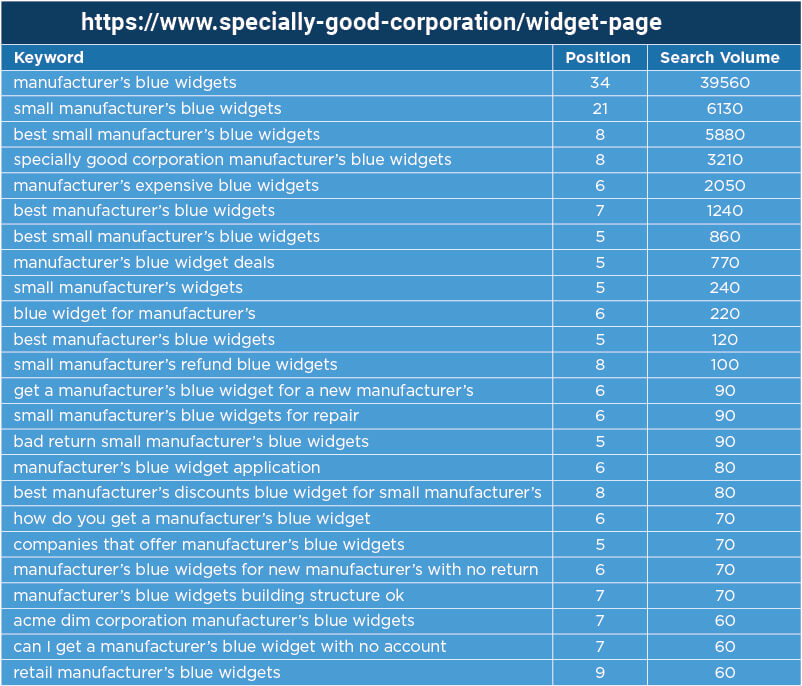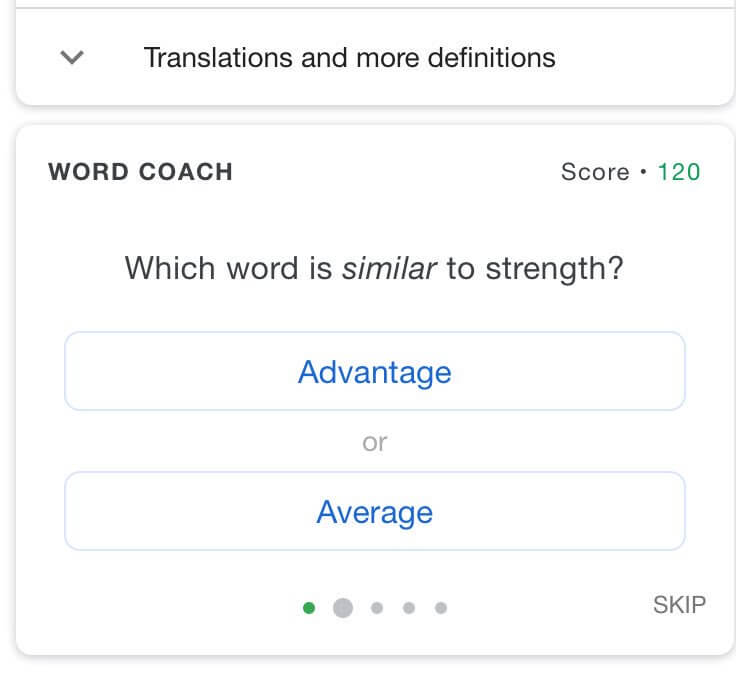
E-commerce and local search might seem to be exclusive functions. Local search is typically associated with store locations and driving offline purchases, while e-commerce usually involves online transactions.
But recently the crowded e-commerce space has led online-only stores to encroach on the turf of local stores and services.
Amazon opened a bookstore in Seattle and acquired Whole Foods. Warby Parker, the eyewear company, opened its first store in 2013 and now has 61 nationwide. Bonobos, Blue Nile and others are likewise opening retail stores.
The reason for the bleed over is that online brands have realized the cumulative benefit storefronts are having to both marketing and sales, boosting both online sales as well as adding sales from stores.
That’s a lesson that also applies in reverse to those whose primary business is a brick-and-mortar storefront. Many of the components of e-commerce are increasingly relevant as consumers use more devices and more media to research purchases that they plan to buy offline. Omni-channel customers now expect to start their search for goods and services in one place and continue it seamlessly in another whether on a different device, media outlet or store location.
Here are six lessons from e-commerce you should use with your online content to provide a lift to your offline business.
1. Your website is your storefront, too
Sometimes it is hard for brick-and-mortar stores to dedicate the same investment to their website as they do their store.
E-commerce sites don’t have this conflict. Yet based on consumer behavior statistics, local businesses must realize that they likely have more visits to their website than their store and most in-store customers will visit their website first.
A 2016 Google and Purchased Digital Diary survey found that 58% of consumers visited a retailer’s website or app before making an in-store purchase.

Local Search Association’s (LSA, my employer) own survey of 8,000 consumers likewise found that a company website is the most used channel by consumers who are ready to purchase. Twenty-seven percent turn to a company website, even more than search engines at 24%.

On the flip side, consumers are turned off by bad online experiences.
A survey conducted by Vistaprint in 2016 shows:
45% of consumers are unlikely to buy from a business with a poorly designed website. This could be anything from a poor mobile experience to broken links, a confusing user experience or something similar. More compelling still, 34% were unlikely to buy from a business if they didn’t have a website.
 2016 Vistaprint survey of 2000 adults
2016 Vistaprint survey of 2000 adults
Realize that your website is an extension of your store and invest in a good online experience for your customers.
2. Make sure online information is accurate and up to date
You wouldn’t keep a Christmas sale sign up after the New Year in your store. Don’t do that online either.
While most customers are not likely to react as strongly as a Harvard professor who was charged $4 more than the outdated online menu prices he saw online, it can still impact business. That Harvard professor threatened legal action and notified authorities.

There are plenty of reactions short of his that are still not desirable.
My wife recently purchased a vacuum accessory just to be notified later that it was back-ordered, and then, a second time, that it was indefinitely out of stock. I can personally attest to the veracity of the phrase “unhappy wife, unhappy life” and do not recommend you tick her off with inaccurate online info.
On the flip side, there are a lot of good reasons to keep online information just as timely and accurate as the information you have in the store.
I was shopping for necklace charms for my daughters and looked at James Avery, an artisan jeweler based in Texas. Their online inventory by store was very helpful as I looked at some vintage letter charms. I was able to locate a store that didn’t just carry the charms, but the exact letters I needed.
They were also careful to let me know when they didn’t have information I needed. James Avery partners with and sells their jewelry through Dillard’s department stores, however, it appears they cannot track inventory at those locations like they can in their own retail stores. Online, they make it clear that inventory searches are not available for the Dillard’s locations.
Informing the customer when information is not available is much better than frustrating them with vague answers and wasting their time.
3. Don’t hide the ball from online shoppers
The shell game played on the streets of New York City (NYC) might be entertaining to watch, but it is not effective marketing.
A study by Market Track found that 80% of those surveyed compared prices online before buying offline. Business owners might use that as justification for not displaying prices online out of fear that they will be undercut by a competitor.

The problem with that mindset is that price is a core decision-making factor but not the only one. If a shopper is looking for the price and you fail to provide it, you are likely taken out of consideration. That was my personal experience.
I’m in the market for a new mattress. As I’m comparing products, I’m looking at comfort, features and quality. Even though I’ve visited several stores, I can’t recall all the details of each mattress I’m considering. One store doesn’t list their prices online and, even though I’m not trying to figure out which mattress is the cheapest, I do need price to assess overall value. So that store is out.
4. Provide a full shopping experience online
It’s not just pricing information that isn’t always disclosed.
Some feel that providing only basic information online will drive store traffic where customers can get the “full experience”. I’m certainly not underestimating the value of in-person customer visits, but today’s consumer wants more, not less, information online.
LSA research found that 63% of consumers research a product or service online 50% of the time before making a purchase at a store. But many consumers research a product or service online even more frequently. Forty-six percent said they do online research 75% of the time before in-store purchases.

As an example, online mattress companies might appear to be at a huge disadvantage to local stores, but they are competing effectively by providing rich amounts of information to compensate for the inability to test the mattresses in person.
Effective use of video individualized for each mattress highlighting descriptions, features and comparison data comes close to mimicking a conversation with a sales rep. Charts, comfort ratings, and reviews also help decision making.
Brick-and-mortar stores must match these online experiences just to stay even before they can realize their in-store product advantage.
5. In store product interaction still maintains an advantage
One thing that online stores cannot duplicate is the ability to touch, feel, smell and get a truly interactive experience with a product. They may compensate by offering extended return policies and lenient trial programs, but each of these requires a greater commitment than a store visit.
LSA recently reported on a study that found the ability to interact with products was the top reason for most consumers to shop in-store. The only group for which this wasn’t true was Gen Z, 72% of whom said their top reason was to avoid shipping costs.
Keep in mind this group has the lowest disposable income and likely spends mostly on small item purchases.

With more product research being done online, in-store visits to interact with products is likely done at the tail-end of the purchase funnel. So these store visitors should be considered high-conversion leads.
There are ways to combat the concern about showrooming. That consumer is still ready to buy -– give them reasons to buy in-store by highlighting price-match policies, easier returns without shipping costs, and the immediate gratification of buying it now.
6. Don’t forget to pay attention to third-party listings
Brick and mortar stores extend their storefronts using third-party sites such as Google Shopping and Amazon. Because of their interactive sales nature and API programming, it’s easy to understand the importance of keeping the information such as price and inventory up to date.
But listings such as Google knowledge graphs and Yelp profiles are often relegated to the “set it and forget it” mode. After all, isn’t all of that information static?
That’s a mistake that many make. Google and Purchased Digital Diary’s 2016 survey found that “37% of consumers visited a non-retailer website or app before an in-store purchase and 31% used an online map” where consumers commonly view the store profile.

While not a substitute for a local business website, a third party does operate as a proxy in many cases. So while the information on those listings can be relatively static, it would be more effective if there were some updates.
For example, add holiday hours or special events such as President’s Day sales.
Update listings with new lines of products or highlight specific menu items. Upload new photos showing store renovations or redesigns. And conspicuously post any variation from your store’s status quo such as being closed for a private party. This is all information that customers searching for your business want and need. And failing to check these third-party listings can be costly.
My colleague Greg Sterling recently wrote about his experience with furniture shopping. It seems a Google map listing indicated that a particular Macy’s store had an in-store furniture gallery.
Armed with the sales catalog and intentions on buying $1,000+ of furniture, Greg headed to the store. Turns out they did not sell furniture at that location. Greg didn’t have time to visit another store before the sale expired, and for Macy’s, it was an opportunity lost.
Closing thoughts
Local business owners spend much of their time on site so it is natural to focus on a customer’s experience as primarily in-store. But today’s consumer often arrives at the store more informed and closer to making a purchase decision than ever before. Much window shopping is now done on a screen.
In today’s cross-device, multi-media, omnichannel market, it pays to think like an online store and use some e-commerce strategies to provide a lift to your local storefront’s business.
The post 6 smart e-commerce lessons to boost local business appeared first on Search Engine Land.








































